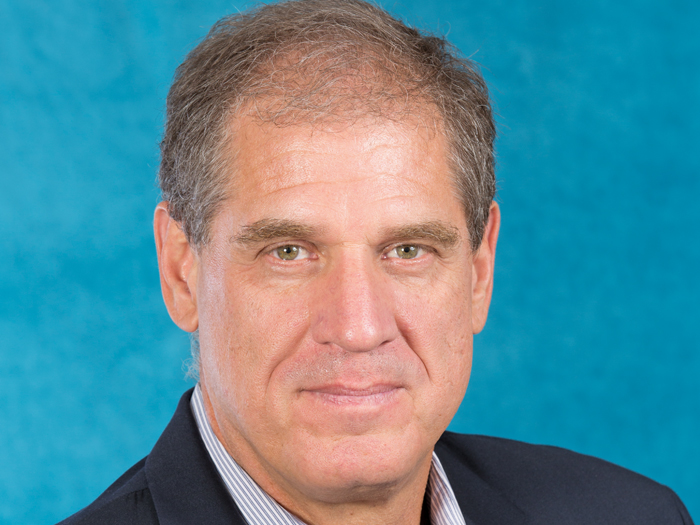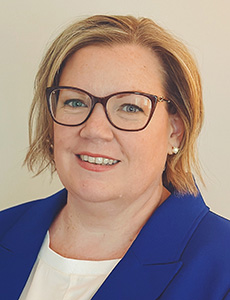Program Business Premiums Surge to $110.8 Billion as Sector Outpaces Broader P&C Insurance Growth

The U.S. program business sector has expanded to $110.8 billion in premium volume, growing 40% between 2022 and 2024, nearly double the commercial property and casualty market’s growth rate of 21% over the same period, according to the Target Markets Program Administrators Association’s State of Program Business Study 2025.
Program administrators are experiencing unprecedented financial success, with average revenues jumping 49% to reach $20.6 million in 2024 from $13.8 million in 2022, according to the TMPAA biannual report, prepared in partnership with Zywave. Nearly half of the program administrators surveyed reported profit margins exceeding 26%, demonstrating the sector’s strong profitability despite market pressures.
The industry continues to attract new entrants, with the estimated number of U.S. program administrators climbing to 1,150 in 2024 from 1,110 in 2022, according to the report. This expansion comes even as consolidation activity persists throughout the sector. More than half of administrators launched between one and three new programs over the past two years, with 42% planning to introduce two to three additional programs within the next 24 months.
Rate movements showed significant variation across different lines of business. Auto insurance programs experienced the steepest increases, while cyber, management liability, and workers’ compensation saw notable declines, mirroring broader market adjustments.
Administrators Navigate Technology Adoption and Capacity Alternatives
While artificial intelligence has emerged as a strategic priority, with 28% of administrators and 35% of carriers maintaining dedicated AI budgets, implementation remains nascent across the sector, according to the report. Most survey respondents characterized their AI engagement as “just scratching the surface,” focusing primarily on administrative tasks and internal reporting rather than transformative applications in underwriting or customer service.
Program administrators are increasingly exploring nontraditional carrier arrangements to access capacity, the report said. Hybrid fronting models were utilized by 19% of administrators in 2024, up from 15% in 2022, while 16% work with fronting carriers, up from 9% two years earlier. The percentage of administrators using Lloyd’s syndicates rebounded to 53% in 2024 after declining for several years. Additionally, nonadmitted programs have grown to represent 53% of total premiums, overtaking admitted business for the first time, the survey found.
Strategic Priorities Shape Future Growth Trajectory
The program business model’s core strengths—specialized expertise, skilled underwriting talent, market agility, and technological capabilities—position it for continued expansion, according to TMPAA. However, administrators face ongoing challenges including heavy reliance on capacity and reinsurance, inconsistent underwriting standards, fragmented technology infrastructure, and talent shortages, the report noted.
“Looking ahead, administrators, insurers and service providers remain optimistic about the sector’s future, consistently describing it as a bright spot in the insurance ecosystem. That optimism is tempered by a growing recognition of its operational and structural challenges that come with e scale and complexity,” the report’s authors said.
Learn more about the survey here. &










